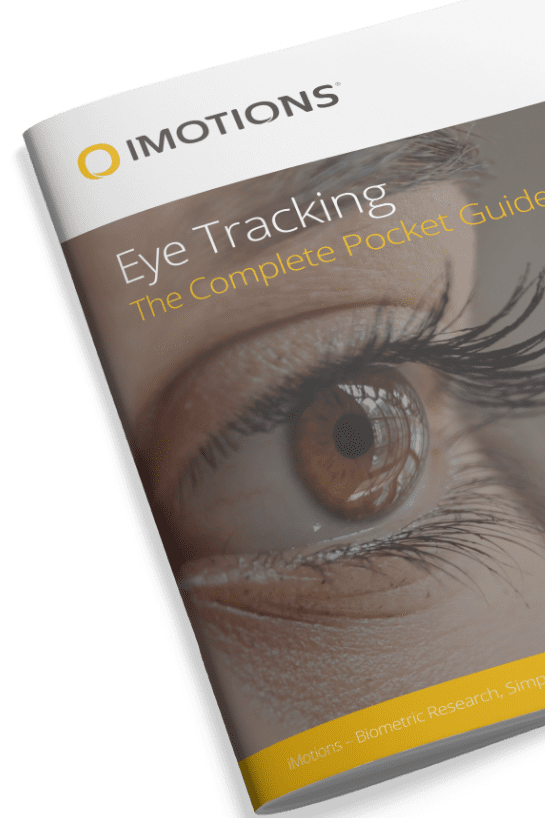Eye tracking technology has become an indispensable tool in understanding human visual behavior and enhancing user experiences. Among the various types of eye trackers, screen-based eye trackers are widely used for their precision and ease of use. This article delves into the workings of screen-based eye trackers, their applications, and the benefits they offer.
What is Screen-Based Eye Tracking?
Screen-based eye tracking involves monitoring where and how long a person looks at different areas on a computer screen. This technology uses infrared light and high-speed cameras to capture detailed images of the eyes, which are then analyzed to determine the direction of the gaze.
How Screen-Based Eye Trackers Work
Infrared Illumination:
- Screen-based eye trackers use infrared LEDs to illuminate the eyes. This light is invisible to the human eye but creates reflections on the cornea and pupil, essential for accurate tracking.
High-Speed Cameras:
- Cameras positioned around or integrated into the monitor capture images of the eyes at high speeds. This allows the system to track rapid eye movements with precision.

Pupil and Corneal Reflection Detection:
- The system detects the reflections created by the infrared light on the cornea and pupil. By analyzing these reflections, the eye tracker calculates the direction of the gaze.
Calibration:
- Calibration is crucial for accuracy. During this process, the user looks at specific points on the screen, allowing the system to map eye movements accurately to the screen coordinates.
Gaze Mapping:
- After calibration, the eye tracker can map the user’s gaze onto the screen, showing exactly where the user is looking in real-time.
Applications of Screen-Based Eye Trackers
Usability Testing:
- Screen-based eye trackers are extensively used in usability testing to evaluate how users interact with websites and software. By analyzing gaze patterns, designers can identify areas where users struggle and optimize the interface to enhance the user experience.
Market Research:
- Marketers use screen-based eye tracking to understand consumer behavior. By tracking where users look on advertisements, product pages, or websites, they can gain insights into what captures attention and what might be ignored. This data is invaluable for optimizing marketing strategies and ad placements.
Academic and Scientific Research:
- Researchers in fields like psychology, neuroscience, and education use screen-based eye tracking to study cognitive processes and visual attention. This technology helps in understanding how people process information, make decisions, and learn.
Benefits of Screen-Based Eye Tracking
High Precision:
- Screen-based eye trackers offer high precision in tracking eye movements, making them ideal for detailed analysis of visual behavior.
Non-Intrusive:
- These systems are non-intrusive and do not require the user to wear any special equipment, making them comfortable and easy to use for extended periods.
Versatility:
- They can be used for a wide range of applications, from commercial usability testing to academic research, providing valuable insights across different fields.

Case Studies and Examples
Website Usability Testing:
- Companies use screen-based eye tracking to test the usability of their websites. By analyzing where users look, companies can improve the design and layout of their sites to enhance user engagement and satisfaction.
Advertising Effectiveness:
- Marketers employ screen-based eye tracking to evaluate the effectiveness of online ads. By understanding which parts of an ad draw the most attention, they can optimize ad design to increase engagement and conversion rates.
Screen-based eye trackers are a powerful tool for understanding visual behavior and improving user experiences. Their high precision, non-intrusive nature, and versatility make them ideal for various applications, from usability testing and market research to academic studies. As eye tracking technology continues to evolve, screen-based systems will undoubtedly play a crucial role in uncovering new insights into how we interact with digital content.
For those interested in leveraging eye tracking technology, screen-based eye trackers offer a reliable and effective solution for gathering detailed data on user behavior, driving better design, and enhancing overall engagement.
Read More
Eye Tracking
The Complete Pocket Guide
- 32 pages of comprehensive eye tracking material
- Valuable eye tracking research insights (with examples)
- Learn how to take your research to the next level












